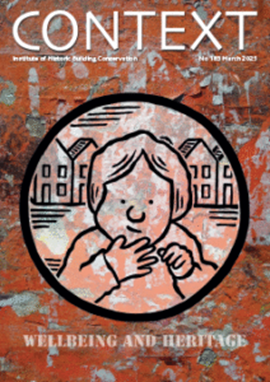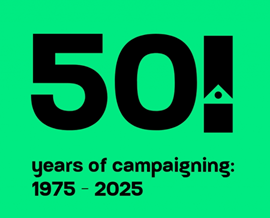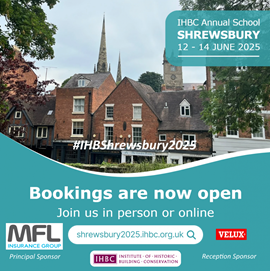Levittown
"Little boxes on the hillside
Little boxes made of ticky tacky
Little boxes on the hillside
Little boxes all the same."
--Little Boxes, lyrics by Malvina Reynolds, 1962.
Contents |
[edit] Introduction
Levittown is a term associated with an urban planning initiative in the United States after the Second World War. While the name was first associated with the original Levittown, located in New York, it was later used on seven subsequent tract housing projects that followed the same urban planning scheme. More than 17,000 detached, single family homes were built in suburban Levittowns in the United States.
[edit] History
The original Levittown was an idea conceived in the late 1940s by William J Levitt and his firm, Levitt & Sons.
Before the Second World War, William Levitt's real estate development company had established a reputation for building moderately expensive homes for upper middle class clients, but as the father of a returning United States Navy veteran, Levitt recognised how difficult it would be for his son to buy his first home. Consequently, he came up with the idea of providing affordable housing for returning veterans and their families.
Incentives through government agencies helped provide financial backing to qualified veterans. This eased the risk for builders who might otherwise be reluctant to work with first time buyers.
Seven Levittown communities were built:
- New York (1947–1951)
- Pennsylvania (1952–1958)
- Willingboro Township, New Jersey (1958)
- Puerto Rico (1963)
- Bowie, Maryland (1964)
- Largo, Maryland (1963)
- Crofton, Maryland (1970)
[edit] Assembly line homes
Levitt took assembly line production for automobiles and applied the approach to constructing mass produced military housing. Materials were standardised, so the supply chain came directly from the manufacturer.
Instead of employing unionised journeymen, Levitt hired non-unionised workers. These workers could be cross trained to handle several different parts along the assembly line, as needed.
On average, it took one day to build a house. At one point, during the highest period of demand, it was said that a Levittown house was completed every 16 minutes.
[edit]
The homes were extremely popular when the scheme began. With an affordable price, all the modern conveniences (including built-in televisions and stereo systems) and even a white picket fence in front of the green lawn, they were ideal for young families eager to purchase their first home.
For many buyers, Levittown homes represented the American dream. However, aside from their inherent sense of uniformity (each house was originally built in the same basic style, with offerings for different colours or other minor cosmetic features), there was also another hidden factor. In addition to strict rules and regulations about the physical characteristics of the properties, there was a condition stating that only white, Christian homebuyers would be eligible to purchase the properties. Levitt's rationale was that buyers would feel more comfortable joining communities where everyone shared the same beliefs and backgrounds.
Government sanctioned segregation was not considered unethical or unsuitable when Levittown communities were initially built. This institutionalised racial bias was included in a clause (or "restrictive covenant") in the official paperwork associated with each sale. While this clause was officially removed in 1948, most Levittowns were still somewhat segregated even as recently as the 1990 U.S. census.
[edit] Related articles on Designing Buildings
IHBC NewsBlog
Old Sarum fire in listed (& disputed) WW1 Hangar - Wiltshire Council has sought legal advice after fire engulfed a listed First World War hangar that was embroiled in a lengthy planning dispute.
UK Antarctic Heritage Trust launches ‘Virtual Visit’ website area
The Trust calls on people to 'Immerse yourself in our heritage – Making Antarctica Accessible'
Southend Council pledge to force Kursaal owners to maintain building
The Council has pledged to use ‘every tool in the toolbox’ if urgent repairs are not carried out.
HE’s Research Magazine publishes a major study of the heritage of England’s suburbs
The article traces the long evolution of an internal programme to research 200 years of suburban growth
IHBC Context 183 Wellbeing and Heritage published
The issue explores issues at the intersection of heritage and wellbeing.
SAVE celebrates 50 years of campaigning 1975-2025
SAVE Britain’s Heritage has announced events across the country to celebrate bringing new life to remarkable buildings.
IHBC Annual School 2025 - Shrewsbury 12-14 June
Themed Heritage in Context – Value: Plan: Change, join in-person or online.
200th Anniversary Celebration of the Modern Railway Planned
The Stockton & Darlington Railway opened on September 27, 1825.
Competence Framework Launched for Sustainability in the Built Environment
The Construction Industry Council (CIC) and the Edge have jointly published the framework.
Historic England Launches Wellbeing Strategy for Heritage
Whether through visiting, volunteering, learning or creative practice, engaging with heritage can strengthen confidence, resilience, hope and social connections.














